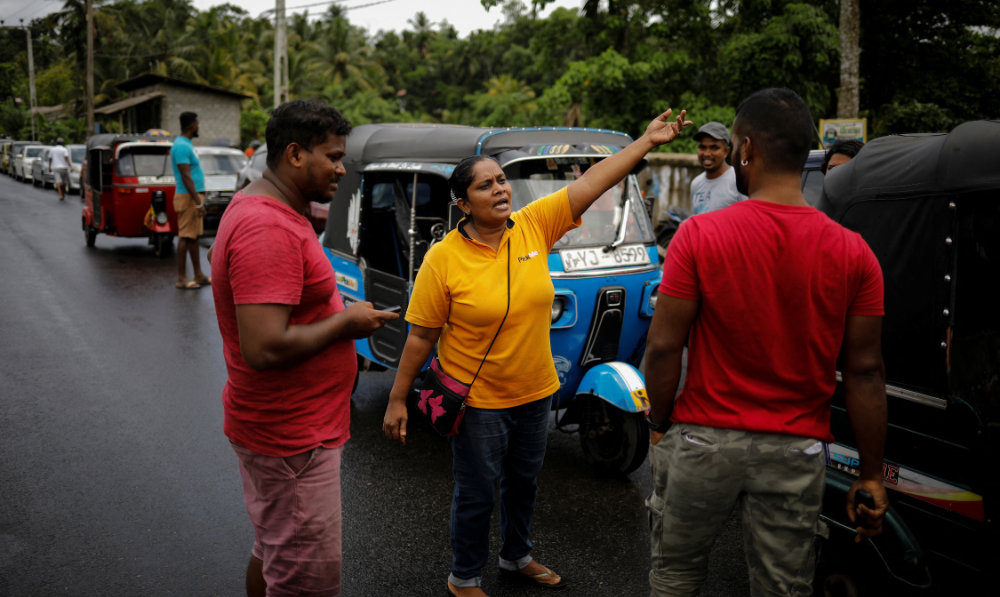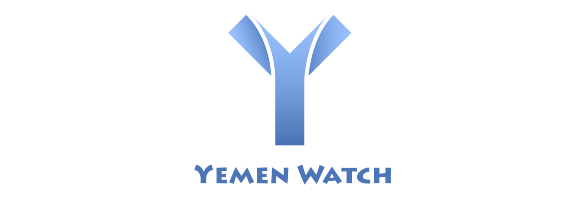GONAPOLA, Sri Lanka: Lasanda Deepthi, a 43-year-old Sri Lankan woman, plans her day around fuel queues.
The driver of an auto-rickshaw on the outskirts of the commercial capital Colombo, she keeps a close eye on the petrol gauge of her sky-blue three-wheeler before accepting a job to make sure she has enough fuel.
When the needle is close to empty, she joins the line outside a gas station. Sometimes, she waits through the night for petrol and when she does get it, it costs two-and-a-half times the amount it did eight months ago.
Deepthi is one of millions of people in Sri Lanka battling galloping inflation, falling incomes and shortages of everything from fuel to medicine as the country reels under its worst economic crisis since independence in 1948.
A woman auto-rickshaw driver is a rare sight on the island of 22 million people off the southern coast of India.
But it’s a job Deepthi has done for seven years to support her family of five, by using local ride-hailing app PickMe.
Since the financial crisis hit, she has been scrambling to find adequate petrol and earn enough as rides dwindled and inflation surged past 30 percent year-on-year.
Her monthly income of about 50,000 Sri Lankan rupees ($138) started falling from January and is now less than half of what she used to earn.
“I spend more time in line for petrol than doing anything else,” Deepthi said. “Sometimes I join a line about 3 p.m. but only get fuel about 12 hours later.
“A couple of times I made it to the front of the queue only to have the fuel run out,” she added as she made tea in her small, two-bedroom rented house in Gonapola, a small town on the outskirts of Colombo, where she lives with her mother and three younger brothers.
She is separated from her spouse and has a married daughter.
In mid-May, Deepthi said she spent two-and-a-half days in a queue for petrol, assisted by one of her brothers.
“I don’t have words to describe how terrible it is,” she said, “I don’t feel safe sometimes in the night but there is nothing else to do.”
In a now familiar routine on one recent morning, she changed her clothes, filled a bottle of water, wiped down her auto-rickshaw and lit an incense stick to seek divine blessings before getting into the vehicle.
Her mission, like most days, is to find petrol, prices of which have soared 259 percent since October 2021, as the government slashed subsidies to try and stabilize a teetering economy.
The roots of Sri Lanka’s current crisis lie in the COVID-19 pandemic, which devastated the lucrative tourism industry and sapped foreign workers’ remittances, and populist tax cuts enacted by President Gotabaya Rajapaksa’s administration.
Angry at the widespread shortages and accusing the powerful Rajapaksa family of mishandling the economy, thousands of protesters have taken to the streets across Sri Lanka in recent months to stage mostly peaceful demonstrations.
New Prime Minister Ranil Wickrememsinghe, who was also appointed as the country’s finance minister last week, plans to introduce a budget in six weeks that will cut expenditure “to the bone” and route it to a two-year welfare program.
His policies are also expected to push forward negotiations with the International Monetary Fund for a badly-needed loan package.
But Deepthi is disillusioned.
The car she bought with her savings had to be sold last year after she fell short on lease payments.
A second auto-rickshaw, usually driven by one of her brothers, needs repairs, which the family can barely afford. She is more than 100,000 rupees behind on loan payments for a piece of land she bought before the pandemic.
Deepthi also wants to visit her three-month-old grand-daughter but is not sure how she can travel 170 km (105 miles) to the seaside town of Matara where her daughter, a nurse, lives.
“I can barely afford enough rice and vegetables for my family,” she said. “I can’t find medicines my mother needs. How will we live next month? I don’t know what our future will be like.”
Sri Lankan woman rickshaw driver has to queue 12 hours, or more, for fuel




